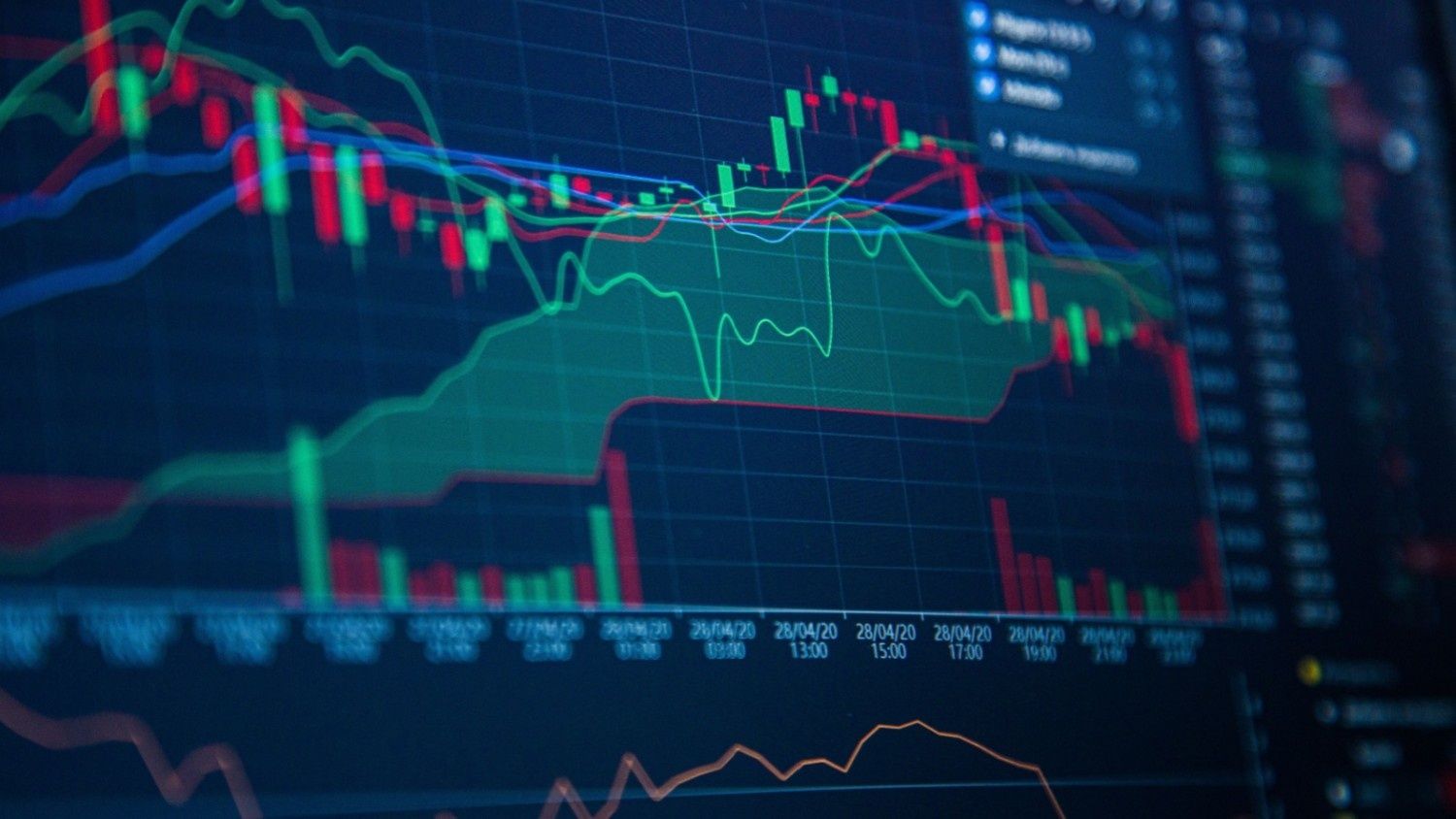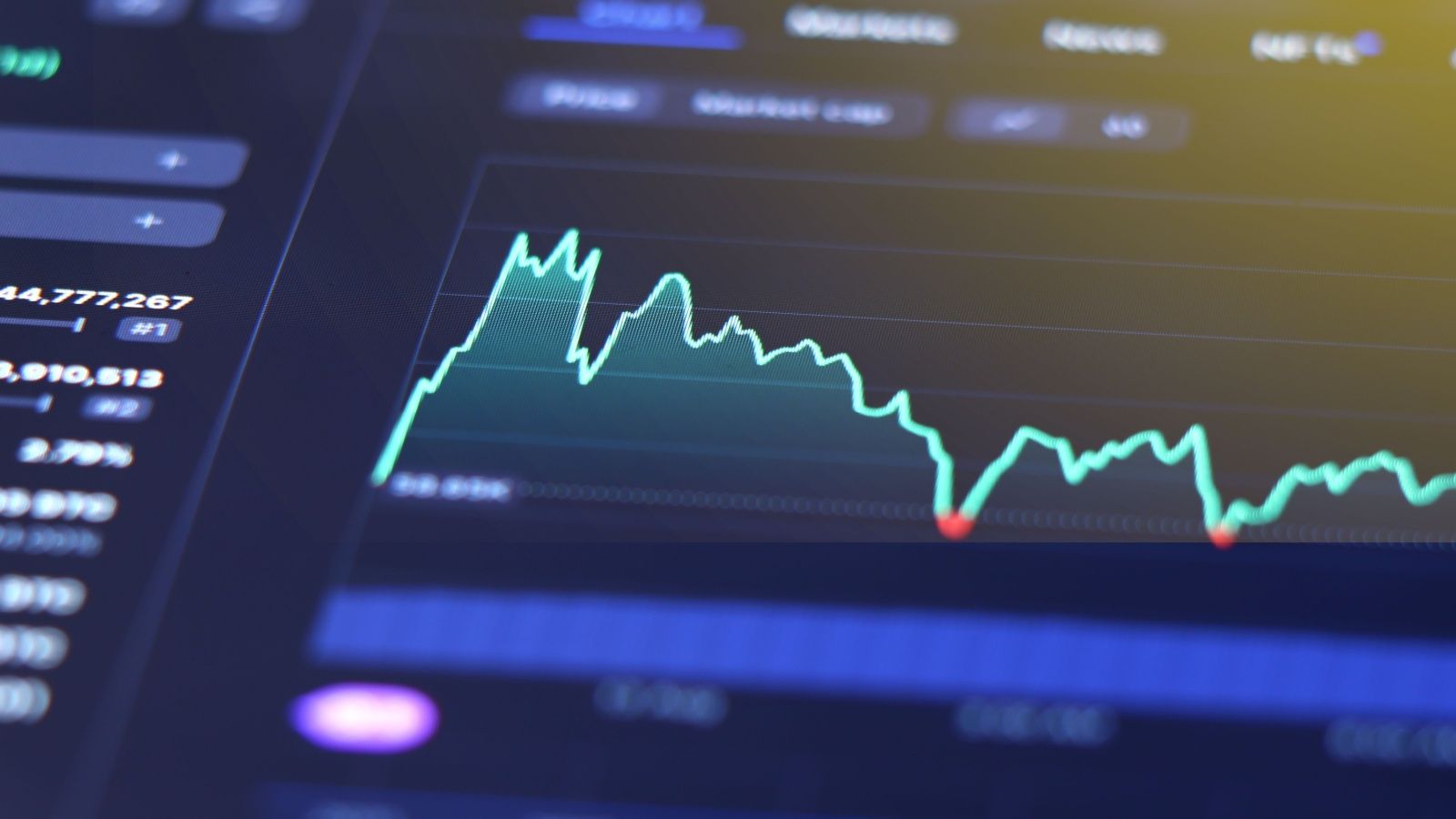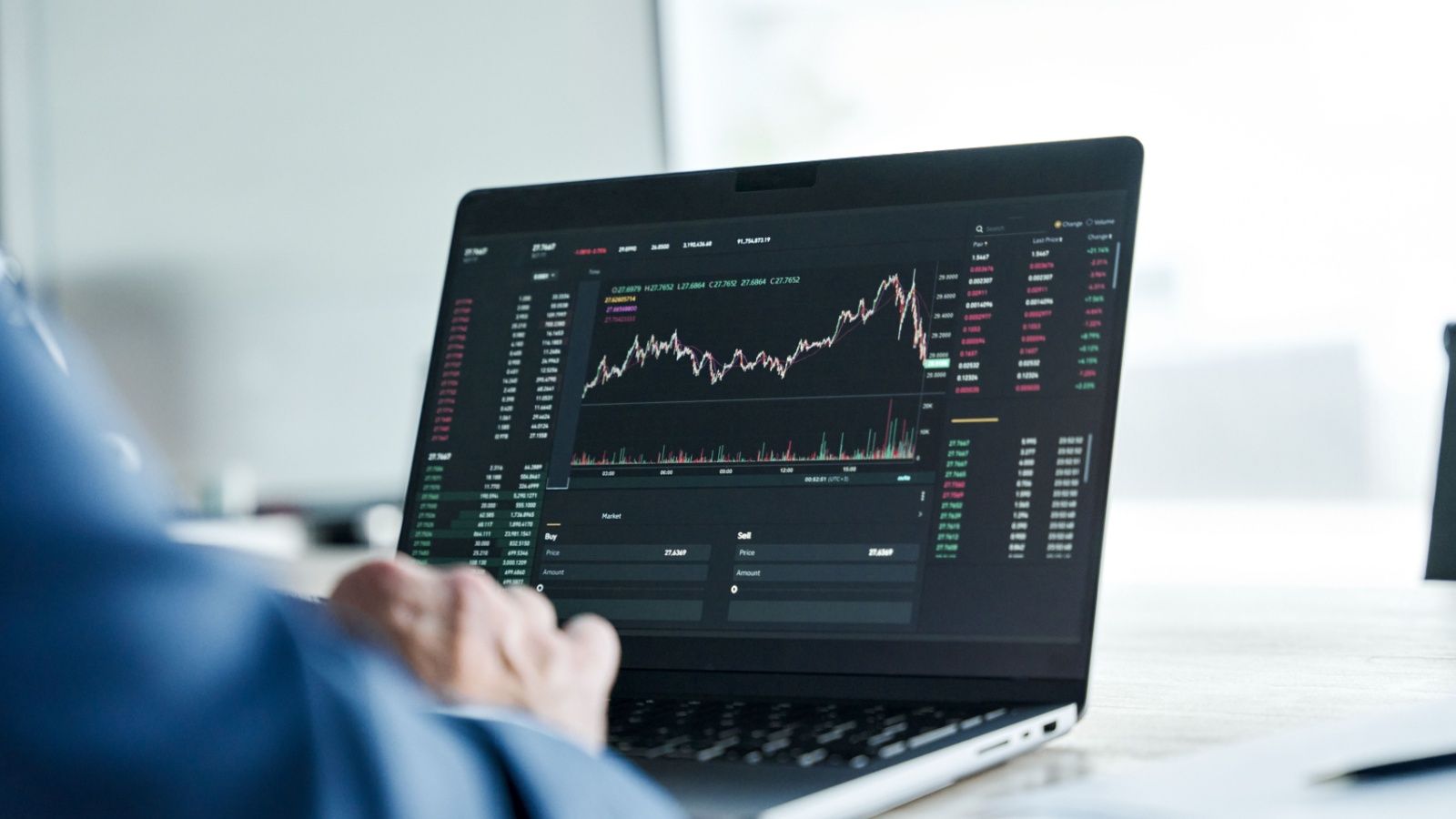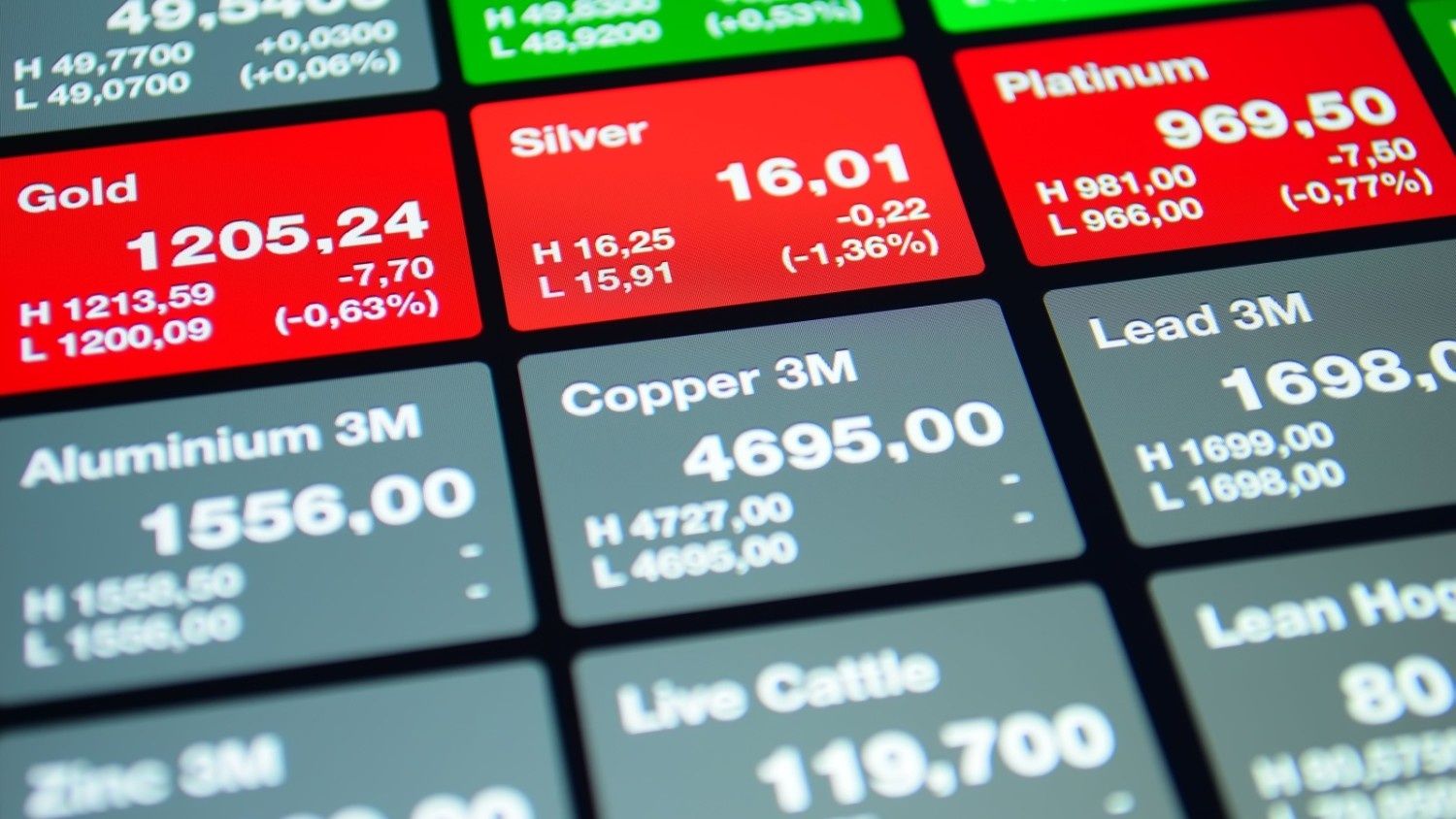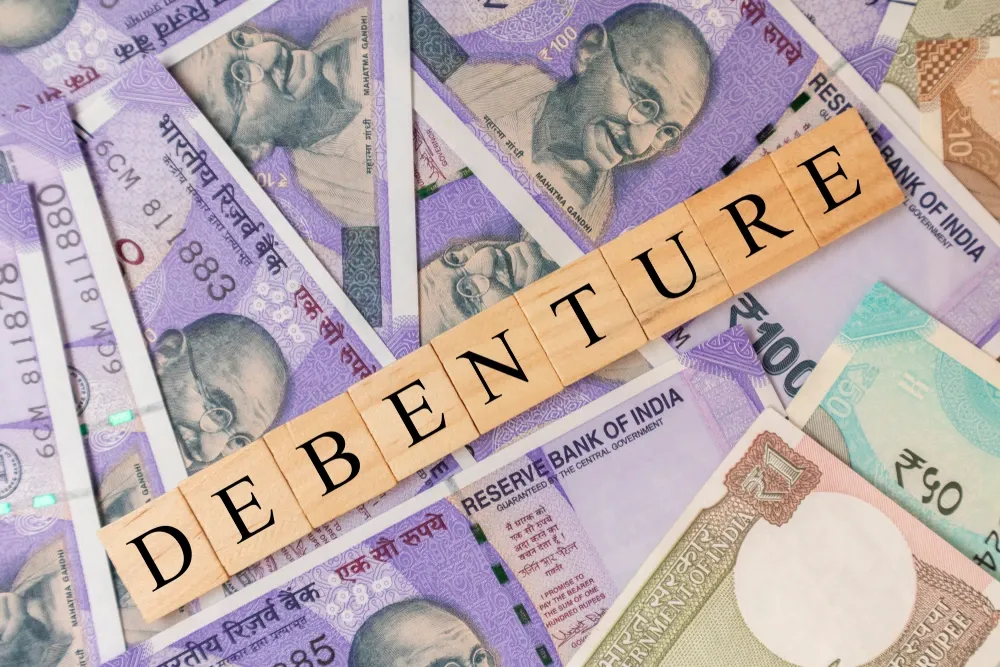Grey Market Premium (GMP) IPO - What It Is, Meaning, & Full Form
Written by Dev Sethia
Published on November 11, 2025 | 7 min read

Grey Market Premium (GMP) IPO - What It Is, Meaning, & Full Form
In India, shares are legally traded in two main markets, the Primary Market and the Secondary Market, which are both regulated by the Securities and Exchange Board of India (SEBI). When a company sells its shares to investors for the first time, the transaction takes place in the primary market.
After shares are listed on a stock market, they can be traded freely in the secondary market. SEBI oversees the smooth running of the two markets. We cannot dismiss the existence of the Grey Market, which is unregulated and outside the rules of SEBI.
What Is a Grey Market?
The Grey Market is a type of illegal marketplace where shares are traded informally, often through trust. Unlike the primary and secondary markets, the Grey Market is unregulated by SEBI or any formal organisation.
Trade is conducted privately through unregistered dealers, where investors assume all risks of grey market trading. Grey market trade is limited to a small number of individuals because of the risks and informality involved.
One of the most popular aspects of the grey market is a feature known as Grey Market Premium (GMP), which indicates how well an IPO might perform before it officially lists.
What Is an IPO Grey Market Premium (GMP)?
The IPO Grey Market Premium (GMP) is the amount over and above the issue price at which shares are traded in the grey market before they are listed on an exchange. Many investors like to think of it as an indication of what the market thinks about the upcoming IPO.
For example, if Company X Ltd. issues shares at an IPO price of ₹200 per share and the GMP is ₹10, it could indicate that the shares may list at ₹210 when the shares start trading on the exchange. The actual listing price will be based on demand and other market factors.
How Does the Grey Market Work?
The grey market works in two ways:
First Method
Trading of IPO shares before listing ( buying or selling)
Second Method
Trading of IPO applications (buying or selling)
Both methods include private transactions executed via grey market dealers.
Trading IPO Shares Before Listing
Investors who apply for shares in an IPO assume the risk of either not having an allocation or the shares listing below their issue price.
The investors who apply for shares are buyers and sellers in the grey market. The sellers expect a premium for their shares as buyers typically expect the shares to trade well in the market upon their listing.
On a practical level, if a dealer exposes the trade to a seller who is seeking a premium price for their allocation, and the seller accepts, the allocation would be tracked and settled after the IPO listing.
If the seller gets the shares they purchased, they are transferred to their Demat account (if they are selling) or sold at the original agreed price.
If the seller does not get the allocation of shares, then the trade is null and void and nothing settles.
The complete settlement will depend on the price and profit or loss incurred by the agreed GMP or market price by the buyer and seller.
Transacting IPO Applications in the Grey Market
Besides shares, IPO Applications can also be traded in the grey market. Investors can thus still potentially benefit from listing gains without actually applying for shares.
For example, if an investor wants to minimise the risk of not receiving shares or if they are uncertain how the market will react once the securities have been publicly listed.
The investor has an opportunity to sell their IPO application (GMP) to another interested buyer through a dealer. That buyer will eventually subscribe to the IPO with that application.
If the buyer is allotted shares, then they can realise their upside, meanwhile, the original applicant/seller will realise the premium they were able to sell their application for as profit.
If the buyer is not allotted shares, the transaction is automatically rendered void, but the seller would keep the premium they received.
What does the Kostak Rate mean in an IPO?
The Kostak Rate is a term that refers to the premium or rate at which an IPO application is being traded in the grey market. In simple language, it is the profit made by the original applicant to sell their IPO application before getting the allotment.
For instance, if an investor has applied for the IPO and before the allotment, the original investor wishes to sell the IPO application to another investor, it can hardly be sold at a defined rate or for a fixed premium, that premium amount is the Kostak Rate at which he/she/it is cashing out.
The Kostak buyer is now taking the risk of allotment, and the Kostak seller or original applicant is profiting with or without getting the IPO issued shares.
What does the Grey Market Premium (GMP) mean?
The process of calculating the Grey Market Premium is an easy one.
Paint the picture where Company XYZ has an IPO price which equals ₹900 per share, as an example and has a Grey Market Premium Rate which equals ₹100. In this case, your shares are likely to list at ₹1,000 minus the exchange money.
The formula for calculating the Grey Market Premium Rate.
Risks Involved in Grey Market Trading
The Grey Market can be a helpful, early indicator of the potential upside of an IPO, but should be approached with caution.
The Grey Market is strictly based on trust among parties and comes without any guarantees or regulation. You can face the risk of fraud, non-settlement, and also, potential losses of funds by accessing the Grey Market.
In conclusion, the Grey Market Premium (GMP) can give an early glimpse of how an IPO may open and reflects investor sentiment. However, investors should not use the GMP as an accurate prediction for gains at the time of listing.
With the grey market being unregulated and informal, investors can only access these types of venues if they have thoroughly researched, considered, and weighed the potential benefits and risks.
FAQs
What is a grey market in stocks?
A grey market is an unofficial and unregulated market for trading equity shares or IPO applications before the shares are formally listed on the stock exchange. The grey market is not regulated by the Stock Exchange Board of India (SEBI), so the transactions in the grey market are based on trust alone.
What is Grey Market Premium (GMP) in an IPO?
A GMP is a premium that shares or IPO applications trade at in the grey market before the issue is officially listed. It indicates the likely performance of the IPO will be after it is listed officially.
How does the grey market work?
Investors are able to buy or sell IPO shares privately and confidentially by going through any grey market dealers. The premium an investor pays as a buyer is in addition to the initial share price. The grey market has a set premium (GMP) dependent on how many shares the investor has been allotted in their bid.
What is the Kostak Rate? What is an IPO?
The Kostak Rate is the premium paid by a buyer to sell their IPO application in the grey market before being allotted the actual shares in case. This allows sellers to earn a profit without extra non-linear listing risk
Can one guarantee profits through the Grey Market?
No. The Grey Market is unregulated, and the risks involved are extremely high. Profits are never guaranteed, often because the allotment does not come through, or the price may fluctuate once the stock lists.
What are the risks of trading in the Grey Market?
Risks include fraud, failure to settle the transaction, total loss of funds, and lack of legal recourse. Investors should do their own research and be very careful before trading in the Grey Market.
About Author
Dev Sethia
Sub-Editor
a journalism post-graduate from ACJ-Bloomberg with over three years of experience covering financial and business stories. At Upstox, he writes on capital markets and personal finance, with a keen focus on the stock market, companies, and multimedia reporting. When he’s not writing, you’ll find him on the cricket pitch
Read more from DevUpstox is a leading Indian financial services company that offers online trading and investment services in stocks, commodities, currencies, mutual funds, and more. Founded in 2009 and headquartered in Mumbai, Upstox is backed by prominent investors including Ratan Tata, Tiger Global, and Kalaari Capital. It operates under RKSV Securities and is registered with SEBI, NSE, BSE, and other regulatory bodies, ensuring secure and compliant trading experiences.




